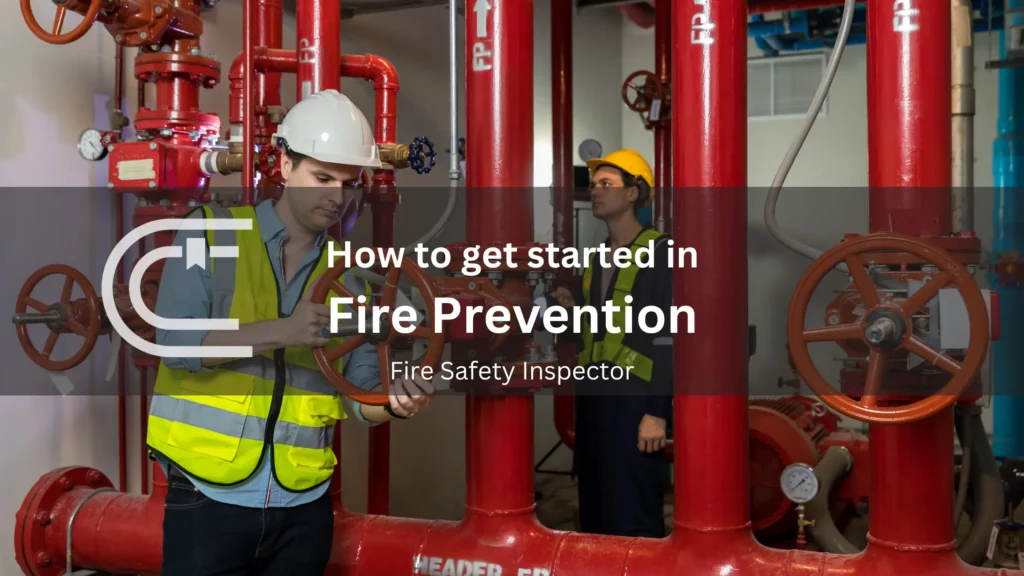Building Construction For The Fire Service Facts
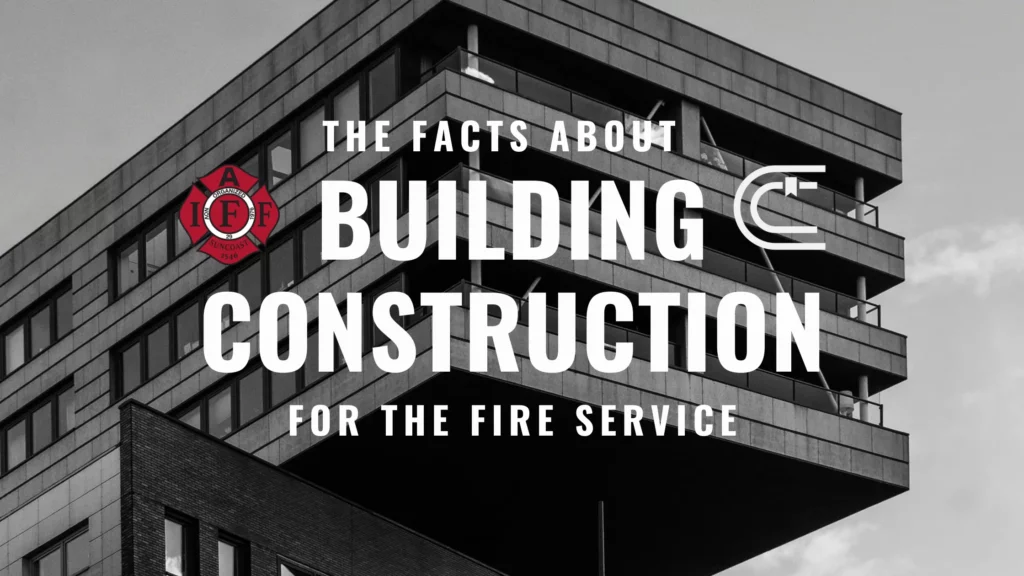
In the fire academy, not only do we do physical training, but we also learn tons of information about the fire service. Topics like the history of the fire service, how things burn, types of fire hose, different nozzles, how to extinguish a variety of fires, and the list goes on and on. Knowledge of all these subjects is important. Perhaps one of the most important is building construction types.
Building Construction for the fire service is a fundamental knowledge requirement for all fire companies, yet perhaps one of the most ‘forgotten’ topics. It’s easy to refresh on this topic whether by reading onward in our current blog, opening a book about it, checking out our preplan blog, or checking out our importance of a 360 blog.
Building Construction Types
There are five types of building construction we identify as firefighters per NFPA 220. They are:
Type I – Fire Resistive
Type II – Noncombustible
Type III – Ordinary
Type IV – Heavy Timber
Type V – Wood Frame
Great, but what does this really mean for a firefighter? Memorizing the types and names only goes so far. As educators, we try to embed information that can be easily recalled and useful later. So, we created a way to describe the building types to firefighters so they could look at a building and tell what type it is quickly. Why? So we can make appropriate strategies and effective tactics to accomplish them.
The Simple Breakdown Of Building Construction Types
Here it is – when looking at the building, the basic breakdown of construction types can be accomplished quick by looking at 2 things as a general rule of thumb: the walls and the roof:
Type I – Concrete block walls and concrete roof
Type II – Concrete block walls and metal roof
Type III – Concrete block walls and wood roof
Type IV – Heavy-duty wood frame and heavy-duty wood roof
Type V – Wood frame and wood roof
So as you can see, just by simply looking at the types of building material, we have a quicker idea of what the NFPA 220 names are referring to and what some of the pros and cons of each would be.
What Does The Building Construction Type Really Tell Us?
By knowing the construction materials, we can quickly determine things such as the likelihood of collapse and the occupancy safety during a fire.
Type I
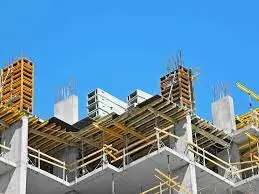
For Type I, or fire resistive, we know it has steel reinforced concrete and the fire will probably be slow spreading. This means occupants can have more time to escape. We also know if given time to burn, it can still fail and the building material itself will not contribute to extinguishment, but it will absorb and give off radiant heat making it extremely hot.
Type II
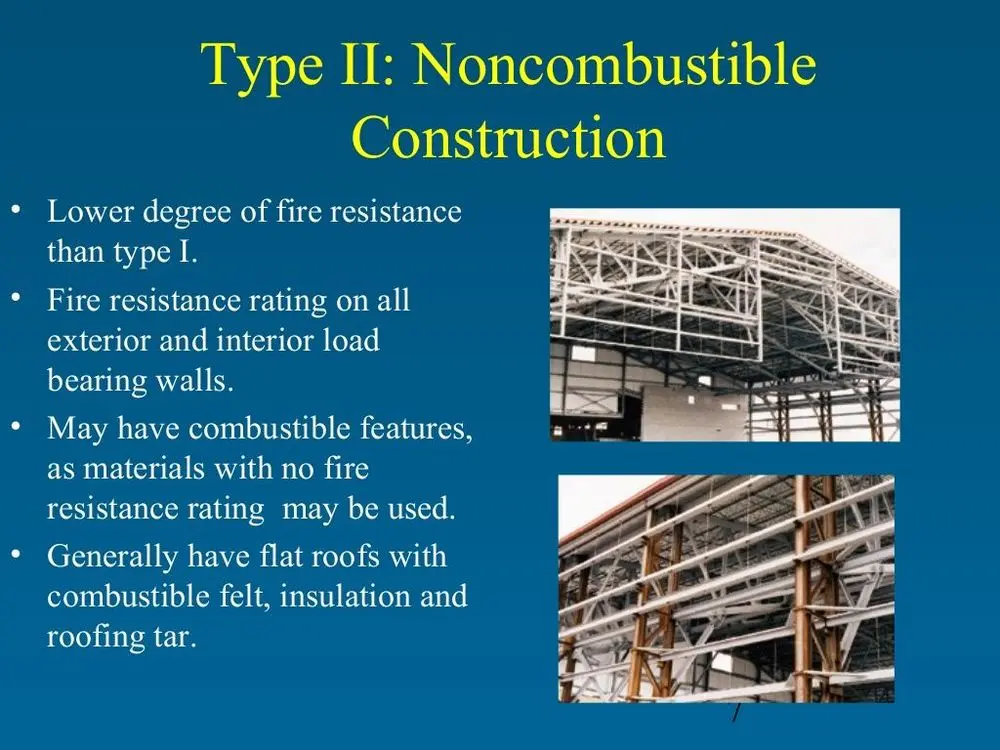
Type II is similar to Type I, in that is has reinforced concrete structures, but it also has a lower fire resistance due to unprotected steel components. For firefighters, this means the speed at which the unprotected members fail can be quick with a high intensity and long duration of fire.
Type III
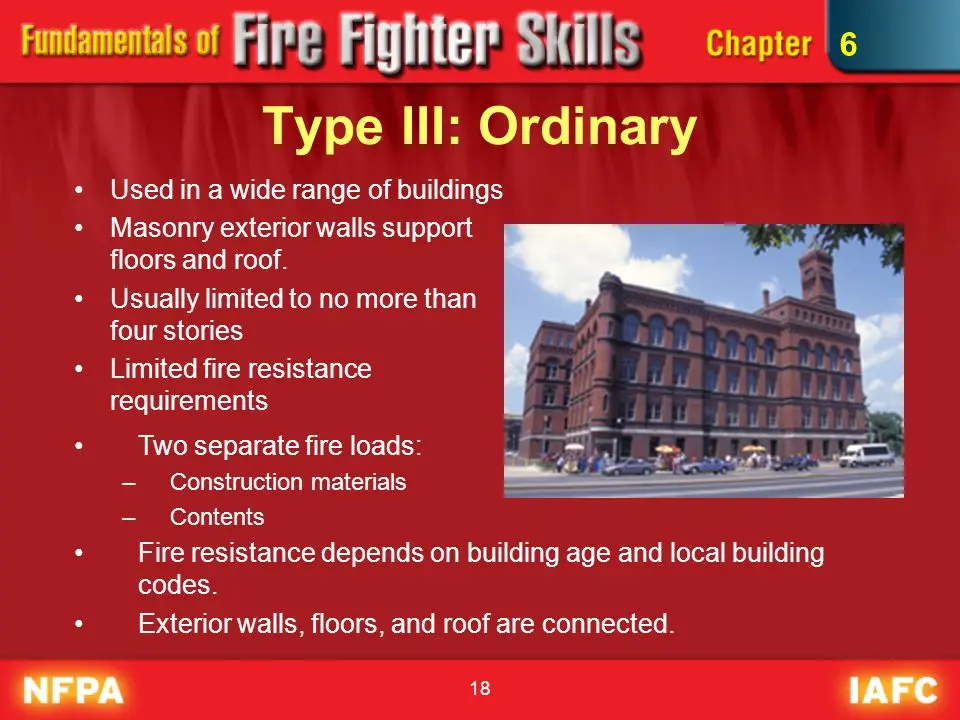
The Type III construction, also referred to as ordinary construction, typically has masonry exterior walls and any combination of internally combustible components, adding to fire spread. This makes these structures susceptible to collapse. There can also be concealed spaces between walls and ceilings, and without a firestop, the fire can spread quickly in these void spaces.
Type IV
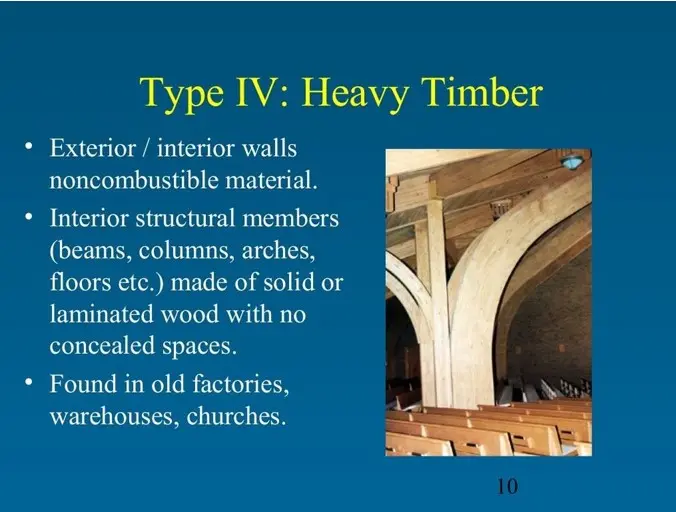
Heavy timber, or Type IV construction, is also referred to as mill construction. These structures have large beams, columns, floors and roofs made of solid or laminated wood that due to their larger size and mass, are more difficult to ignite and burn. These structures are not permitted to have concealed spaces and are typically not multistory structures.
Type V
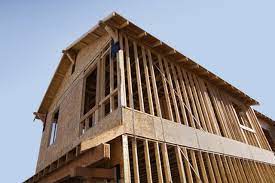
When all major structural components are made of combustible construction, usually wood, they are referred to as Type V construction. One of the requirements is that these structures have a 1-hour fire resistance for structural components. This can be provided by using plaster and drywall.
What Else Do Firefighters Need To Know?
Building construction types are just the tip of the iceberg when it comes to understanding impacts of structures and their components in the fire service. Other topics that are important are occupancy types, fire loads, fuel loads, building codes, combustible materials, heat release rate, interior finishes, the building systems in place, and so many more topics. You can learn all these things by enrolling in our Building Construction for the Fire Service course today.

Remember To Utilize Other Resources To Learn
It is important to remember the truth about building construction types, and that is they are a general rule and don’t cover every single building type. Our Building Construction course is comprehensive, but it is impossible to include everything you can possibly come across in construction, especially these days. Take some time to research other locations for different building construction. One such location we like to follow is on Facebook. Here is the link to Building Construction in the Fire Service on Facebook for your research pleasure.
Be sure to follow Couch Courses on Facebook, Instagram, Twitter, and LinkedIn for special offers, new courses, and more!





